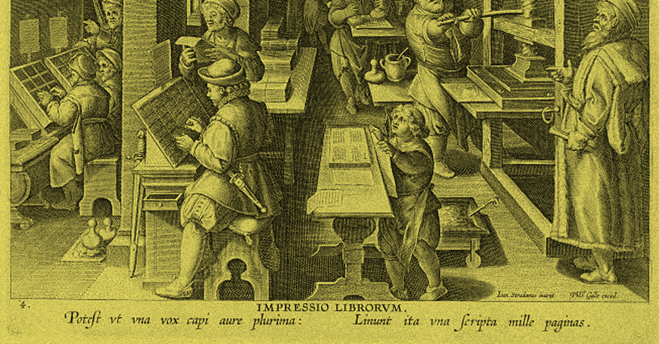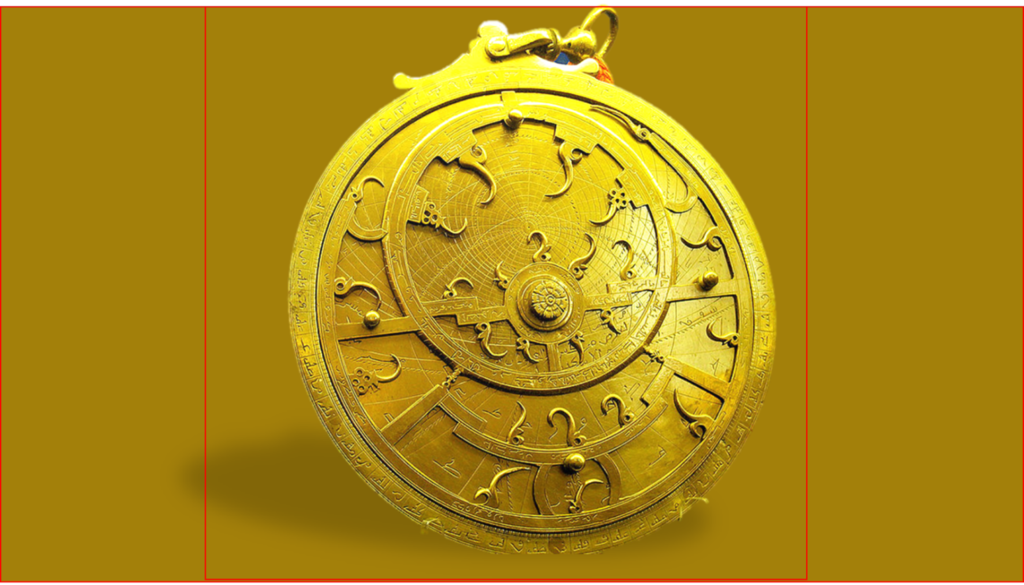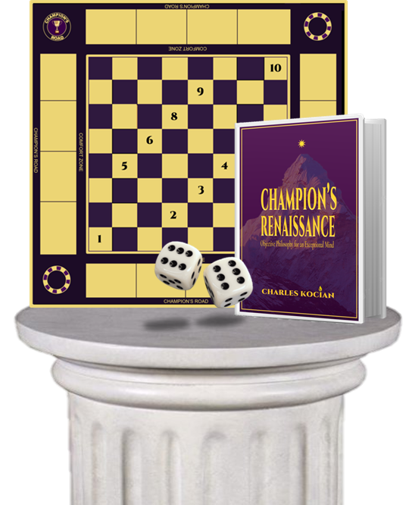
(Answer at the end).
KNOWLEDGE
By Charles Kocian
On August 10 Russia has launched its Luna 25 rocket to the Moon from the Vostochny Cosmodrome which carries a lunar lander to land in its south pole in the 21 August. India’s Chandrayaan-3 will also attempt to land in the same region of the Moon on the 23 of August. China and the U.S. also have plans to attempt landings there in the coming years. All these inventions show man’s reason ingenuity applied to science and engineering. It is a great achievement considering that, not very far ago in evolutionary time, man was an ape in the trees learning to make rudimentary tools.

The invention of the Printing Press in the Renaissance.
During The Renaissance many things where invented as well, from ice cream to the violin and from the Galileo’s telescope to the printing press. Marino di Jacopo, born in Siena in 1382, was an Italian engineer wood-carver and author, known as Il Taccola, that had a big influence on Leonardo da Vinci. His two books, De Ingeneis and De Machinis, included detailed plans for pedal boats and other inventions. Its great achievement was to make technical illustrations, as part of the creative process, idea that Leonardo used in the illustrations of its own inventions.

Marino di Jacopo Illustration of its inventions.
Ancient Greece were plenty of inventions too. Among others, they invented the theatre, the lever, the watermill, the Archimedes Screw, the Greek fire, the water clock and also the astrolabe. The astrolabe was an astronomical instrument handheld to model the universe, capable of calculating several kinds of problems in astronomy. It is a metal disc with a pattern of wires, perforations and cutouts that allows the user to calculate astronomical positions precisely, measuring the altitude above the horizon of a celestial body to identify stars or planets and to determine local latitude. Later, the mariner’s astrolabe was developed to use it in ships during rough seas.

The Greek Astrolabe.
CONCLUSION
In evolutionary time, man has just recently descended from the trees and since then has been inventing tools. Without tools man is just another ape. From the Stone Age, through the Bronze Age to the present time, it is man’s faculty to invent tools, observing reality, that differentiate him from other animals. Language, mathematics and geometry are man’s reason tools that has allowed him to invent all the things we enjoy today, from a box of matches to a smartphone, from a pair of shoes to a rocket to the Moon. To identify and integrate the information provided by sensory perceptions, that is how reason works and is capable to invent all the things we use today. This proves that reason is the faculty that define us as “men”: the rational-animal. But reason is a daily choice and not an automatic reaction to cultural beliefs. This is important to remember, especially for the rulers of Nuclear Nations and for the ruled when elect their rulers. To think or not to think, that is the question! Are you thinking now?
Now answer to question 64.
QUESTION N° 64
How many means of knowledge does man has?
a) Reason and emotion.
b) Only reason.
The answer is: b) Only reason, because only reason allows us to know reality. Reason is man’s faculty to identify and integrate the information perceived by its sensory organs. Real things in the physical space are objective and independent from people’s fantasies or imagination. Emotions are effects; reason, the cause of emotions. All emotion derives from the intellect and reason is man’s only faculty that can know the objective reality.
Leave your comments here.


